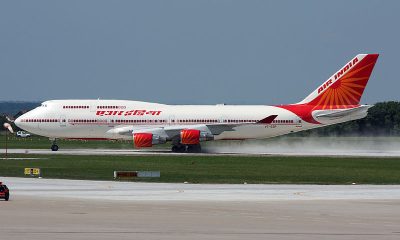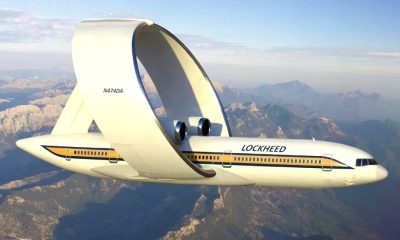Aerospace
5 Horrible dreams on flight..!!
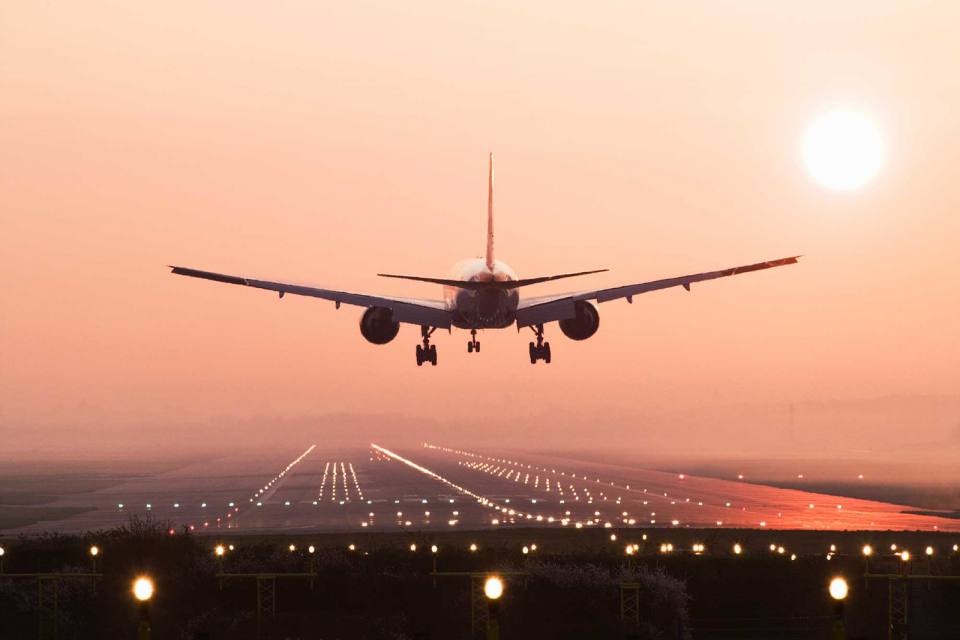
Dreams…! are the successions of images, ideas, emotions and sensations that occur usually involuntarily in the mind during sleep.
Sometimes we usually think about what to dream? before we go to bed. But it may not happen to dream in the way we imagine. Because of the daily distractions like accidents, movies and sensible thoughts sometimes our dream becomes a breathtaking 3D horror movie without a director and a theatre.
This situation becomes horrible when we are above 35,000 ft over a sea. We bring here a few horrible dreams that you never dare to dream on flight..! So get ready to feel the dream…!
1. Hijacking:
This dream recalls the most terrifying incident of the world. Which is 2001, September 11 attack by Al-Qaeda-affliated extremists on twin towers of World Trade Centre USA. American Airlines Flight 11, United Airlines Flight 175, American Airlines Flight 77, United Airlines Flight 93, were hijacked on the morning on September 11 by Al-Qaeda-affliated extremists. Flight 11 and 175 were deliberately crashed into the twin towers of the World Trade Center, Flight 77 was crashed into the Pentagon and Flight 93 crashed into a field in Pennsylvania after hijackers crashed the plane due to a revolt by passengers. Both towers of The World Trade Center collapsed; in total 2,996 people, including the 19 hijackers, were killed and over 6000 people were injured. The attacks led to the War on terror.
Never dream of hijacking in today’s world. Security Industry flourished after the 9/11 attacks. After the incident need for security and its implementation was given the top priority.

Indian Airlines Flight 814
- Indian Airlines Flight 814 commonly known as IC 814 was an Indian Airlines Airbus A300 en route from Tribhuvan International Airport in Kathmandu,Nepal to Indira Gandhi International Airport in Delhi, India on Friday, 24 December 1999, when it was hijacked. Harkat-ul-Mujahideen, a Pakistan-based Islamic extremist group, was accused of the hijacking.
- Pan Am Flight 73, a Pan American World Airways Boeing 747-121, was hijacked on September 5, 1986, while on the ground at Karachi, Pakistan, by four armed Palestinian men of the Abu Nidal Organization.
Upgrading the security systems became the important measure for Airline Industry. Since the terrorist attacks occurred from hijacked airplanes, the airline industry had to establish new security measures to allow people to feel safe while flying. Immediately after the terrorist attack on the United States, President Bush provided twenty billion dollars for the upgrading of intelligence and security. These changes involved stricter background checks and the tougher security requirements on baggage checks.
2. Bird Strike:
Dreaming Bird strike and landing safely on water will bring back an incident occurred on January 15, 2009. Where US Airways Flight 1549 from LaGuardia to Charlotte/Douglas International Airport ditched into the Hudson River after experiencig a loss of both turbines. It is suspected that the engine failure was caused by running into a flock of geese at an altitude of about 975 m (3,200 feet), within short while after takeoff. All 150 passengers and 5 crew members were safely evacuated after a successful water landing.
The Federal Aviation Administration (FAA) estimates bird strikes cost US aviation 400 million dollars annually and have resulted in over 200 worldwide deaths since 1988. Most bird strikes involve large birds with big populations, particularly geese and gulls in the United States of America. There are three major approaches to reduce the effect of bird strikes. The vehicles can be designed to be more bird resistant, the birds can be moved out of the way of the vehicle, or the vehicle can be moved out of the way of the birds.
There are many countermeasures taken by the authorities which includes Vehicle designing, Wildlife management like Visual repellents, auditory repellents, tactile repellents, Habitat manipulation, Reinforcement, Population control etc. and Flight path.
3. Landing gear failure:
Haven’t dream’t of Landing gear failure? There are successful landings without a landing gear..!! The most popular landing with undercarriage malfunction dates back to September 21, 2005.
JetBlue Airways Flight 292 was a scheduled flight from Bob Hope Airport in Burbank, California to John F. Kennedy International Airport in New York City. On September 21, 2005, Captain Scott Burke executed an emergency landing the Airbus A320-200 at Los Angeles International Airport after the nose gear jammed in an abnormal position. No-one was injured.
Carrying 140 passengers and six crew, the Airbus A320-232 departed Burbank at 3:17 pmPDT (UTC-7). The aircraft, which was built in 2002, bore the tail number N536JB and the name “Canyon Blue”. It was scheduled to fly 2,465 miles (3,967 km) to John F. Kennedy International Airport.
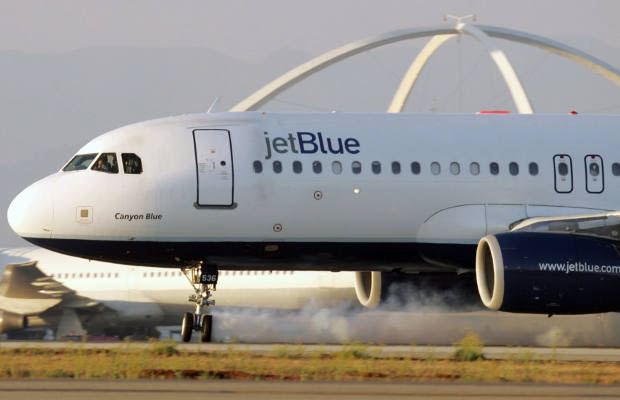
pic courtesy : www.complex.com

pic courtesy : www.flismac.com
https://www.youtube.com/watch?v=8IBx02FI7rk
The National Transportation Safety Board (NTSB) report says that worn-out seals were to blame for the malfunction, and that the Brake Steering Control Unit (BSCU) system contributed to the problem. The NTSB reported that Airbus had since upgraded the system to take care of the problem.
4. Mid-air Collision:
One of the deadliest dream one should ever have is the Mid-air Collision. This dream will make us to remember the world’s deadliest mid-air collision which dates back to 12 November 1996, Charkhi Dadri mid-air collision.
The Charkhi Dadri mid-air collision occurred over the village of Charkhi Dadri, to the west of New Delhi, India. The aircraft involved were a Saudi Arabian Airlines Boeing 747-100B en route from Delhi to Dhahran, Saudi Arabia, and a Kazakhstan Airlines Ilyushin Il-76 en route from Chimkent, Kazakhstan, to Delhi. The crash killed all 349 people on board both planes, making it the world’s deadliest mid-air collision, the deadliest aviation accident to occur in India and the third-deadliest aircraft accident in the history of aviation, behind only the Tenerife airport disaster and Japan Airlines Flight 123.
In 2005, as part of an effort to reduce such military/civilian mid-air collisions in U.S. airspace, the Air National Guard Flight Safety Division, led by Lt Col Edward Vaughan, used the Disruptive Solutions Process to create the See and avoid web portal. In late 2006, the U.S. Defense Safety Oversight Council (DSOC) recognized and funded the site as its official civil/military midair collision prevention website, with participation by all the services.
5. Lightening strikes and turbulence:
Dreaming a lightning strike on our flight is heart-stopping situation where there are less chances of survival.

- On December 8, 1963, Pan Am Flight 214, a Boeing 707, crashed near Elkton, Maryland while en route from Baltimoreto Philadelphia, after being hit by lightning, killing all 81 on board.
- LANSA Flight 508 [1959] (Fatalities: 6 crew + 85 passengers )About forty minutes after take-off, the aircraft entered a zone of strong turbulence and lightning. After flying for twenty minutes in this weather at FL210 lightning struck the aircraft, causing fire on the right wing which separated, along with part of the left wing. The aircraft crashed in flames into mountainous terrain
- TWA Flight 891 was a Lockheed L-1649A Starliner that crashed not long after taking off from Milan Malpensa Airport on 26 June 1959. All 68 passengers and crew on board were killed.
Amateur video captured a lightning strike hitting a Delta Air Lines plane at the Atlanta airport.
(CNN)Lightning struck a Delta Air Lines plane in line for takeoff at Hartsfield-Jackson Atlanta International Airport on 20th August 2015 and it was all captured on amateur video. The recording shows rain drenching the airfield crowded with aircraft, waiting to take-off from the world’s busiest passenger airport. The lightning strikes the plane 18 seconds into the 36-second video.
Liked it ..!?
Share with your friends and Family

Aerospace
China Developing Comac C939 Wide Body Aircraft to Compete with A350 and B777
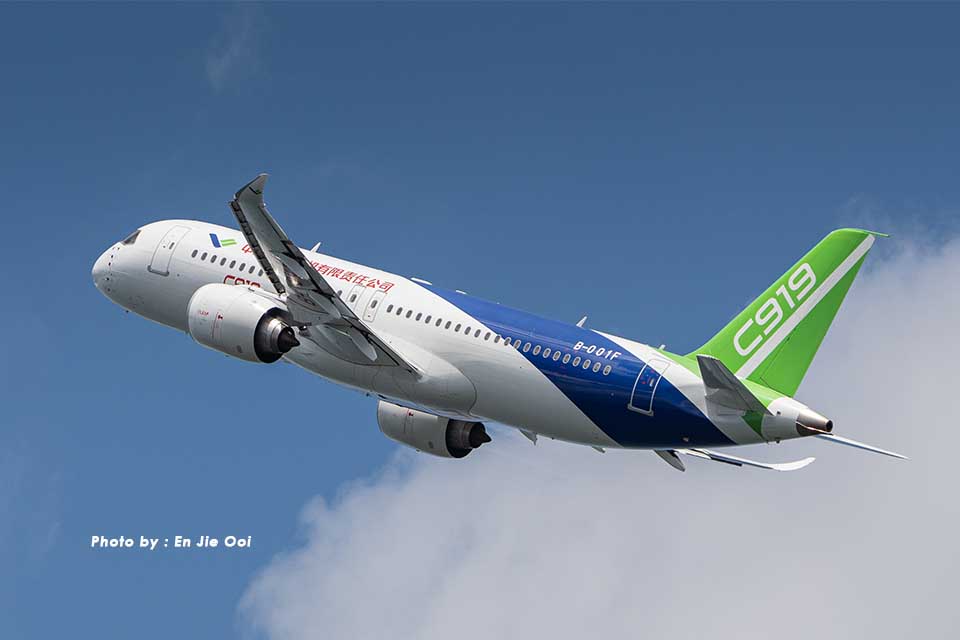
China’s Comac aircraft company is currently underway with the development of its own wide-body aircraft, the C939, positioned to compete with industry stalwarts like the Boeing 787 and Airbus A350 in the future. This strategic move by Comac involves crafting the next iteration with enhanced capacity and extended range capabilities, marking a significant leap forward in technological advancement compared to the current C919 aircraft.
Air China has inked a substantial deal worth a staggering $10.8 billion, based on list prices, to acquire 100 Comac C919 jets, signaling a strong vote of confidence in the domestic challenger to aerospace giants Airbus and Boeing.
China Comac C919 Total Order
With both China Southern and Air China combining orders for nearly 200 aircraft, the prospects for the new C919 aircraft appear increasingly promising for future fleet growth. To date, Comac has garnered orders for nearly 1,100 aircraft.
China is contemplating the development of another wide-body aircraft, the C939, poised to significantly bolster the aerospace industry in China.
COMAC has initiated work on the C939, a new wide-body airliner. While design concepts have been formulated, it will still take several years before a prototype materializes, according to reports from the South China Morning Post, citing anonymous sources.
Initially intended to be a joint venture with Russia, plans were halted due to Russia’s decision to safeguard its copyrights and technological advancements within its borders. Consequently, collaboration between China and Russia on aircraft development was discontinued. Sources suggest that China is vigorously pursuing new avenues for the independent development of its own wide-body aircraft, crucial for accommodating larger passenger capacities and extended flight ranges.
Comac C939 competes with Boeing 777 and A350
Information regarding the program remains limited. COMAC has refrained from commenting on the development of the new aircraft type, stating that official announcements will be made in due course. Nevertheless, the C939 could potentially accommodate up to 390 passengers, positioning it to compete with the largest Boeing 777 and Airbus A350 aircraft.
In addition to the prospective C939, COMAC is already advancing with the development of another widebody aircraft, known as the C929. This aircraft is poised to rival the Boeing 787 and Airbus A330, boasting 280 seats and a range approaching 6,500 nautical miles.
Since obtaining certification in late 2022, the COMAC C919 has been operational, accumulating nearly 1,000 firm orders, predominantly from Chinese-owned airlines and leasing companies.
With multiple widebody aircraft in the pipeline, COMAC stands to achieve parity with the two leading international aircraft manufacturers. Boeing, with its 777 and 787 models, and Airbus, with the A330neo and A350, both have a comparable range of offerings. However, Boeing’s aircraft are encountering delays and production challenges despite substantial orders, while the A350 is performing commendably, though the A330neo’s order intake has not met initial projections.
How much does C919 cost?
China is under pressure to fulfill the current orders for the C919 aircraft, prompting plans to expand production facilities across various regions within the country. The aim is to ramp up production capacity for C919 planes to 150 aircraft annually over the next five years. The latest reports indicate that the C919 is priced around $99 million, comparable to the price of Boeing 737 Max and Airbus A320 aircraft, with expectations for further price reductions in the future.
While the C919 has yet to be certified in major aviation markets outside of China, only four have been delivered thus far. In the long term, COMAC’s widebody aircraft will vie for global competitiveness. One potential benefit of COMAC aircraft could be in reducing China’s reliance on Western aircraft manufacturers. However, this shift won’t happen immediately; the current delivery rate of four aircraft in nearly 18 months is not sustainable, and both Airbus and Boeing have established manufacturing facilities in China to cater to its sizable market.
Nevertheless, assuming COMAC addresses the issues impeding deliveries, there’s a plausible scenario where the manufacturer assumes a significant role, particularly as China’s aviation market continues to expand.
As the C939 progresses through its development stages, more details are expected to emerge. Comparisons between official specifications of the C929 and C939 will be noteworthy, as will the initial orders for each aircraft type. However, it’s anticipated that neither will undergo test flights or enter into service for several years.
Aerospace
Airbus Reveals Innovative Hybrid Aircraft, Blending Plane and Copter Designs
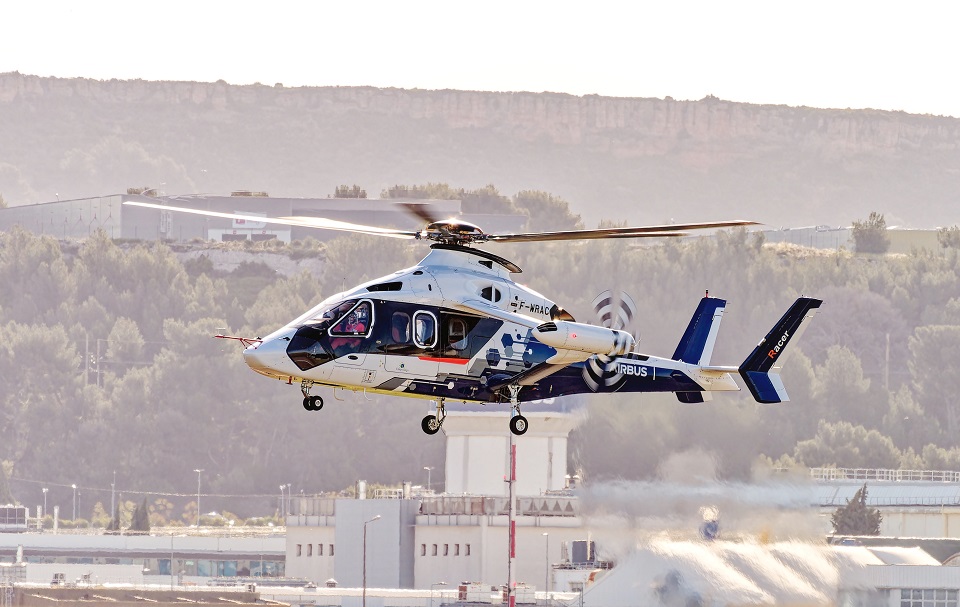
Airbus Helicopters has unveiled a groundbreaking innovation in rotorcraft technology with the introduction of an experimental hybrid aircraft, blending the features of a plane and a helicopter.
Named the Racer, this one-of-a-kind demonstrator model integrates traditional overhead rotor blades with two forward-facing propellers, aiming stability with speed. The primary objective behind this engineering marvel is to significantly reduce response times for critical missions such as search-and-rescue operations.
Priced at 200 million euros ($217 million), the Racer represents a pioneering leap in rotorcraft design, poised to revolutionize the industry. Beyond its immediate applications, including search-and-rescue missions, the Racer’s potential extends to military endeavors, aligning with NATO’s ongoing exploration of next-generation helicraft. However, the realization of such prospects hinges upon the alignment of future operational requirements.
Designed to operate at a cruise speed exceeding 400 km/h, the Racer demonstrator is meticulously engineered to strike a delicate balance between speed, cost-efficiency, and mission performance.
Notably, the aircraft targets a notable reduction in fuel consumption, aiming for a 20% decrease compared to contemporary helicopters of similar caliber. This feat is made possible through aerodynamic optimization and an innovative eco-mode propulsion system, developed in collaboration with Safran Helicopter Engines.
The hybrid-electrical eco-mode system allows for the temporary suspension of one of the two Aneto-1X engines during cruise flight, thereby contributing to a reduction in CO2 emissions. Moreover, the Racer seeks to address environmental concerns by focusing on lowering its operational acoustic footprint, showcasing its commitment to sustainability.
Building upon the success of Airbus Helicopters‘ X3 technology demonstrator, which previously pushed the boundaries of helicopter speed by achieving a remarkable 472 km/h, the Racer represents a significant evolution in aerodynamic configuration and technological innovation.
Aerospace
IndiGo to Order 100 Small Planes from Airbus, ATR, or Embraer
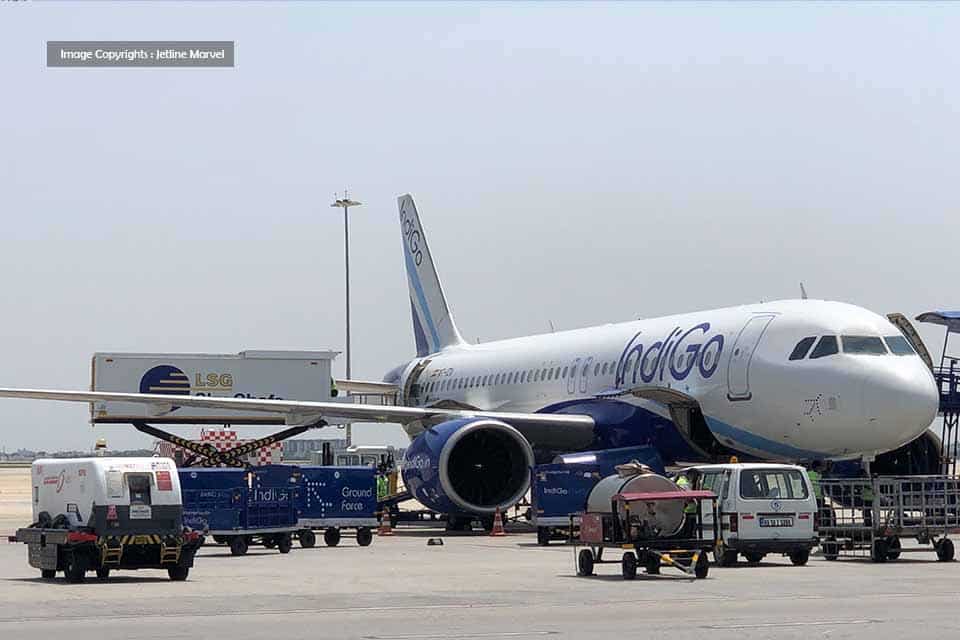
IndiGo, India’s leading airline, is in talks with three aircraft manufacturers to acquire a fleet of at least 100 smaller planes, aiming to bolster its regional operations, as per a report by the Economic Times.
The airline’s recent order of 30 A350 aircraft underscores its strategic focus on expanding its reach with wide-body and long-range planes, targeting increased traffic from various regions across the country.
Now, the focus shifts to enhancing connectivity on shorter routes within India’s domestic network, tapping into the regional airline market. IndiGo is currently in discussions with ATR, Embraer, and Airbus for this purpose. With 45 ATR-72 aircraft already in operation, accommodating 78 passengers each, and five more expected this year, the airline is leaning towards ATR, although Airbus A220 and Embraer’s E-175 remain contenders.
Having established itself as a key operator of Airbus A320 aircraft, with over 450 on order for future delivery, IndiGo continues to strengthen its fleet.
This move follows closely on the heels of the recent agreement to purchase 30 Airbus A350-900 aircraft, a significant step that will facilitate the airline’s expansion both domestically and internationally. This deal marks IndiGo’s entry into the wide-body aircraft segment, further solidifying its position in the market.
IndiGo’s strategy includes penetrating tier 1, 2, and 3 cities within India’s regional aviation market using smaller aircraft.
As India maintains its status as the world’s fastest-growing aviation market, airlines are striving to meet the escalating demand amid challenges faced by aircraft manufacturers in meeting production targets.



















